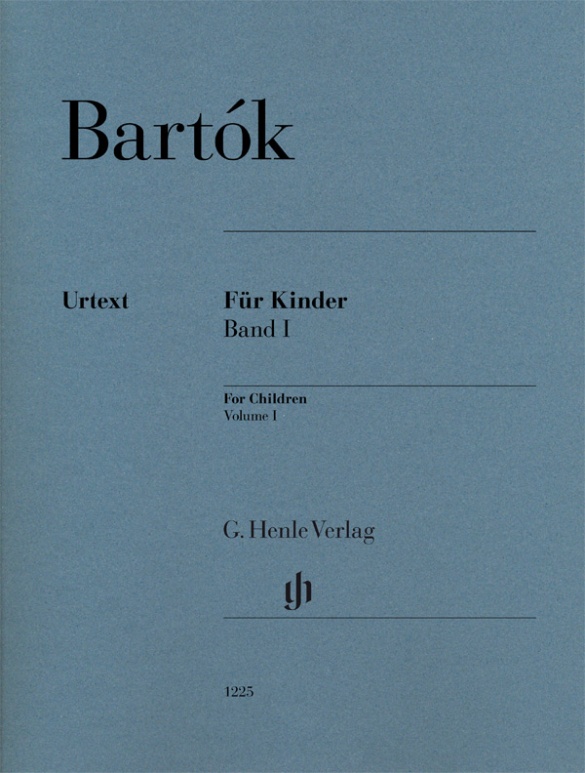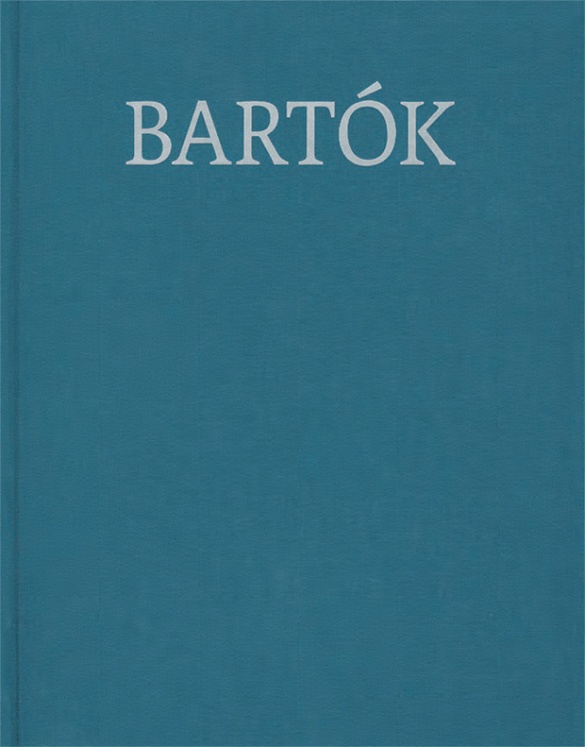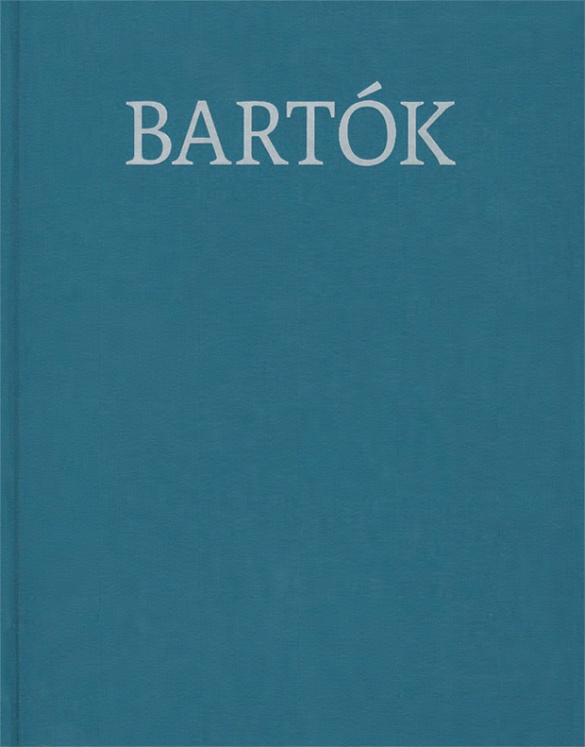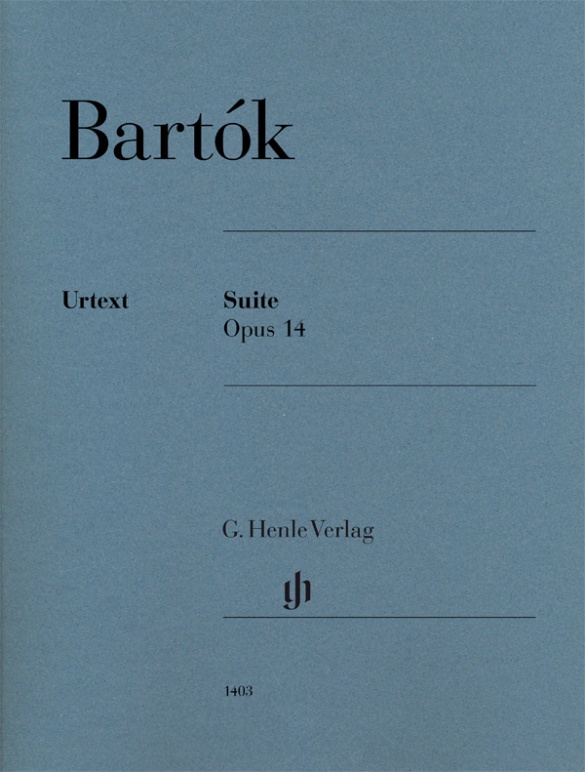

Béla Bartók
Suite op. 14
The four-movement Suite op. 14 was composed in 1916 and was one of Bartók’s favourite piano works throughout his life. Unlike in his other works for piano of these years, he did not use any folksong melodies or folkloristic elements here. Instead, he endeavoured to achieve a new, more “abstract”, transparent piano style that forgoes ornament and embellishment. A special feature of this Henle edition is the appendix with an additional Andante movement that was originally intended to come before the Scherzo, but which Bartók removed from the Suite only shortly before its publication in 1918. The Urtext edition of this important work in the concert repertoire follows the musical text of the Bartók Complete Edition. It has been edited by perhaps the most distinguished Bartók scholar in the world today, László Somfai, who has also written the comprehensive introduction to the work, and who offers helpful suggestions regarding its interpretation.
Content/Details
About the Composer
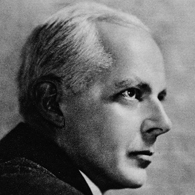
Béla Bartók
This composer, who numbers among the most important musical figures in the first half of the twentieth century, is known principally for his research into Hungarian folk music, the elements of which he incorporated into his style. His broad oeuvre includes numerous works for orchestra, piano, and chamber ensembles, as well as choral music; songs with piano accompaniment; and an opera.
| 1881 | Born in Nagyszentmiklós on March 25. First piano instruction from his mother. |
| 1893–ca. 1896 | Piano studies with László Erkel in Pressburg (Bratislava). |
| 1899–1903 | Studies piano and composition at the Budapest Academy of Music. Symphonic poem “Kossuth” in 1903. |
| from 1905 | Together with Zóltan Kodály he begins scientific field research into Hungarian folk music and thereby refutes conventional notions. He becomes acquainted with the music of Debussy. |
| 1905–07 | Suite No. 2, Op. 4, for small orchestra. |
| 1907–34 | Professor of piano in Budapest. |
| 1908–09 | “For Children,” 85 transcriptions of folk songs for piano, later only 79. |
| 1915–17 | String Quartet No. 2, Op. 17, with percussive playing techniques. |
| 1917 | Premiere of his ballet “The Wooden Prince.” |
| 1918 | Premiere of “Bluebeard’s Castle,” Op. 11 (composed 1911), partially based on the sounds of French music. |
| 1920 | Improvisations on Hungarian Peasant Songs, Op. 20. |
| 1926 | Performance of the pantomime “The Miraculous Mandarin.” Piano cycle “Out of Doors.” |
| 1926–39 | “Mikrokosmos” for piano (six volumes). |
| from 1934 | Editor of the complete edition of Hungarian folk music. |
| 1936 | Music for Strings, Percussion and Celesta as avant-garde work. |
| 1937–38 | Concerto (No. 2) for violin and orchestra. |
| 1940 | Emigrates to the United States. |
| 1945 | Piano Concerto No. 3; his concerto for viola remains unfinished. Death in New York on September 26. |
Product Safety Informations (GPSR)

G. Henle Verlag
Here you can find the information about the manufacturer of the product.G. Henle Verlag e.K.
Forstenrieder Allee 122
81476 München
Germany
info@henle.de
www.henle.com
Na de eerste publicatie in 1918 bleef Bartók nog jarenlang aan de Suite schaven en slijpen. De Urtext-uitgave van Henle geeft het overzicht van alle veranderingen, inclusief de tabellen met metronoomcijfers en de bijzonderheden van het pedaalgebruik op basis van de aanwijzingen van de componist in diverse publicaties en de opnamen voor His Master`s Voice.
Pianist, 2018Für Pianisten dürften auch László Somfais Ausführungen zur Tempogestaltung von größtem Interesse sein, da der berühmte Bartók-Forscher auch die beiden Aufnahmen des Komponisten aus den Jahren 1927 und 1929 in seine Überlegungen einbezieht.
Piano News, 2018Regular readers won’t be at all surprised to know that I love these new Henle editions. I am of course a particular fan of Bartók’s music, but also a fan of excellent scholarship, and a fan of Henle editions. Here these three combine to deliver an outstanding score.
Pianodao, 2018recommendations
autogenerated_cross_selling
Further editions of this title


